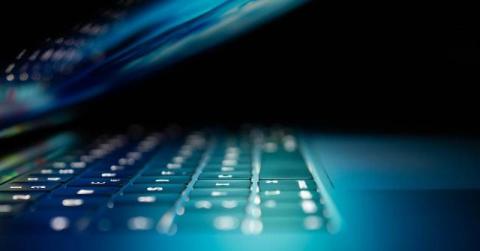Using Endpoint Detection and Response (EDR) in Mobile Defense
Endpoint detection and response (EDR) has been a standard method for securing on-premises devices for years. When combined with antivirus software, it’s proven an effective way to uncover threats before they can cause severe damage. However, the growth of smartphones and other mobile devices means more and more work is getting done outside of the office. Organizations can no longer rely on traditional EDR protections as millions more endpoints are now exposed to the threat of a cyber attack.





